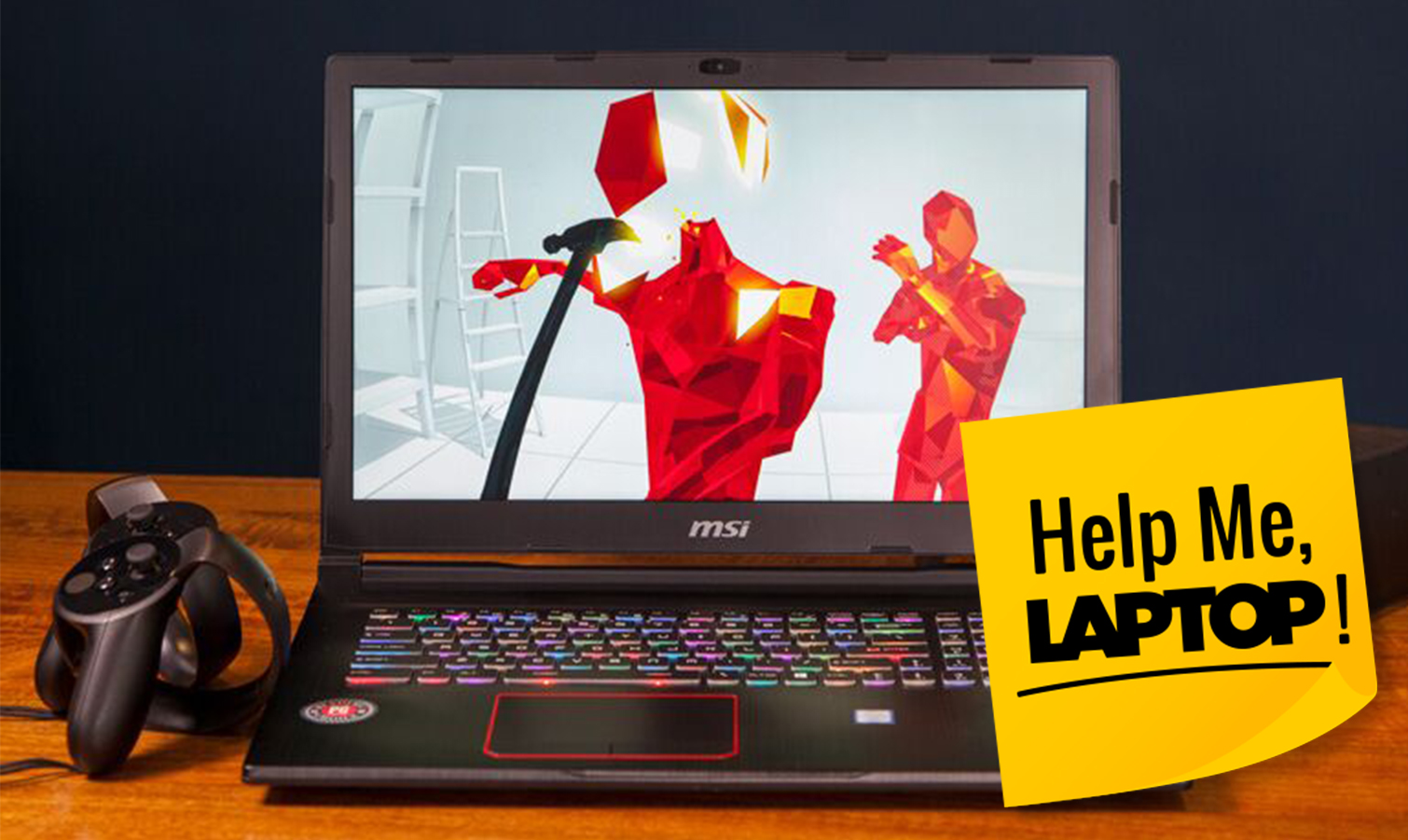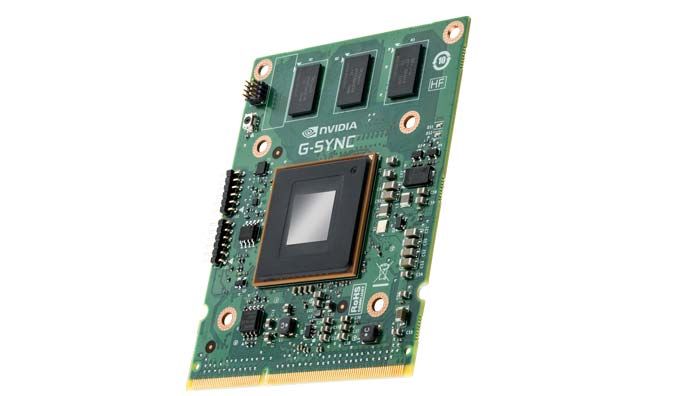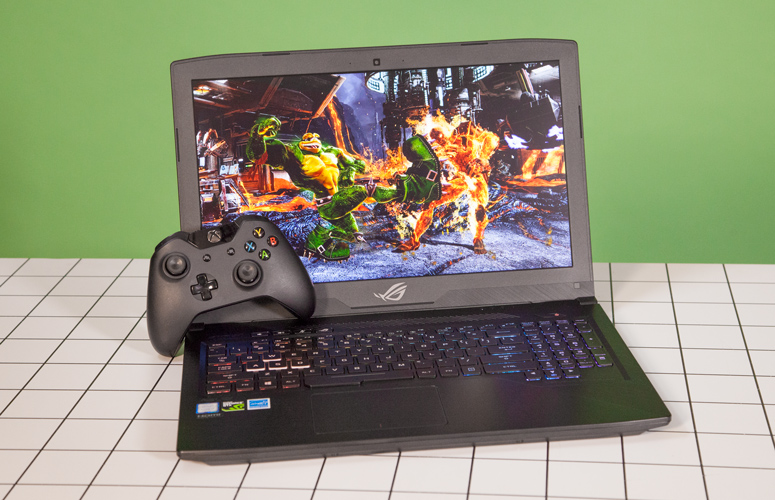Help Me, Laptop: Do I Need G-Sync?
Before you even get your gaming laptop, you're probably already running through your favorite games' settings. What resolution can you play at and still reach 60 frames per second? How high can you turn up the textures? Will there be screen tearing? Would a G-Sync display help?
That's the question forum user tremendone77 is asking. tremendone77 plans on buying a gaming laptop with a GTX 1070 GPU to play on a 1080p display at 120Hz, and want to know if there will be screen tearing or ghosting without G-Sync.
Specifically, tremendone77 is choosing between an MSI GE73VR 7RF Raider Pro and an Asus ROG Strix GL502VS-GZ147T. (Upon some research, that second laptop appears to be available only in Italy, so we haven't seen it, but I think that we can still offer some insight.)
That Strix has a 15.6-inch, 120Hz IPS panel with G-Sync, while the Raider Pro offers the same size and refresh rate, but is a TN panel and doesn't have G-Sync.The user says they can get the ROG Strix for 100 euros cheaper than the Raider Pro, but they prefer the Raider Pro's design.
There are a couple of things to consider here, but first, let's answer that G-Sync question.
You can read our full Nvidia G-Sync explainer here, but the gist is that on laptops with Nvidia GPUs, G-Sync changes the monitor's refresh rate to match what the GPU is capable of outputting. These can often fall out of whack, as monitors have a fixed refresh rate (in both of these cases, 120Hz), while a GPU is far less consistent because its workload depends on what it's doing. Synchronizing the two leads to smoother graphics while gaming.
When laptops with G-Sync cross my desk, it's always a point in their favor, as it ensures smoother graphics. That being said, there are other things to consider. G-Sync can lower the overall refresh rate in order to keep the graphics that smooth. If you want the highest you can get, all the time, going without G-Sync is an option (though you may see more tearing).
Sign up to receive The Snapshot, a free special dispatch from Laptop Mag, in your inbox.
G-Sync can be turned off, though, so you can play with little or no tearing when you want and still be able to tinker around and see just how far you can go. And that's your other option — not to use G-Sync or VSync (a similar idea), but keep fiddling around with all of your settings until you get the maximum performance with minimum issues.
In general, I'd go for G-Sync. That being said, let's get back to the Raider Pro and Strix. If the screen is your priority, the Raider Pro isn't where you want to be. It is beautiful, but the display is dimmer than average (just 276 nits), and a TN panel often has poorer color reproduction and viewing angles than an IPS display.
As for the Strix, consider, if you can, bumping up to the GL503 model. The GL502 the reader mentioned has a 6th Gen Intel Core CPU, while the GL503 is on its 7th gen.
That Strix also has a really nice design that I dug in my review, though I had some issues with the touchpad (but, hey, you're using a gaming mouse, right?). And the SSHD was slower than expected.
But if the display is your top concern in a gaming laptop, get one with G-Sync. Your gaming will be that much better because of it.
Credit: Shaun Lucas/Laptop Mag
Andrew is a contributing writer at Laptop Mag. His main focus lies in helpful how-to guides and laptop reviews, including Asus, Microsoft Surface, Samsung Chromebook, and Dell. He has also dabbled in peripherals, including webcams and docking stations. His work has also appeared in Tom's Hardware, Tom's Guide, PCMag, Kotaku, and Complex. He fondly remembers his first computer: a Gateway that still lives in a spare room in his parents' home, albeit without an internet connection. When he’s not writing about tech, you can find him playing video games, checking social media and waiting for the next Marvel movie.



